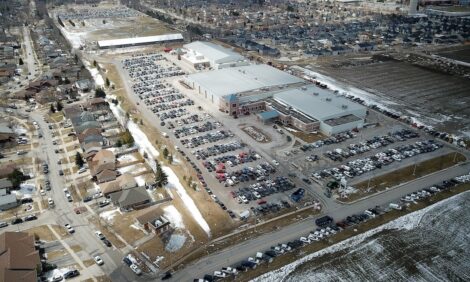



Carbon Dynamics In Pasture
FRENCH GUIANA - In French Guiana, measures are currently being undertaken to quantify the carbon storage capacity of pasture, with the help of two flow towers that have been set up on grassland.The establishment of grassland is one of the agricultural development systems being used to increase local cattle production and meet the needs of future demographic growth in the area.
However, pasture is synonymous with deforestation and a reduction in carbon storage. According to the FAO, animal production is responsible for 8 per cent of greenhouse gas emissions by acting as a carbon sink.
Vincent Blanfort, a grassland agro-ecologist for CIRAD, the French agricultural research organisation says that the estimated quantity of carbon stored in the soil of grassland in temperate zones is almost 65 tonnes per hectare.
One tonne of carbon per hectare per year can be added in some conditions. Therefore, in French Guiana and in Amazonia, it is important to know what becomes of carbon in the soil after the forest has been transformed into grassland and to understand how these pastures can continue to store carbon in the soil.
The agro-ecologist will be conducting his research on livestock farms in French Guiana on pasture resulting from deforestation. It is part of the CARPAGG project (greenhouse gases and carbon in grassland in French Guiana), funded by the European Regional Development Fund (ERDF) and CIRAD.
The aim of the study is to measure the quantities of CO2 in the atmosphere, with the help of two flow towers, equipped with sensors.
"If the flow observed goes down, this shows that the plants absorb C02 via photosynthesis and store it ", says Vincent Blanford. "If it goes up, it shows that the plants and the pasture system with the cattle breathe and emit CO2 ". This is the mechanism with which grassland accumulates carbon in the soil. In fact, the humus produced by the plant cycle contains almost 50 per cent carbon, which means there is that much less CO2 in the atmosphere.
These experiments will help identify the carbon dynamics in pasture and define the management practices that allow partial compensation for the carbon losses resulting from their establishment (which was to the detriment of the forest). In the medium term, the project should provide an original set of references that could be applied in other Amazonian contexts, such as Brazil.
TheCattleSite News Desk


